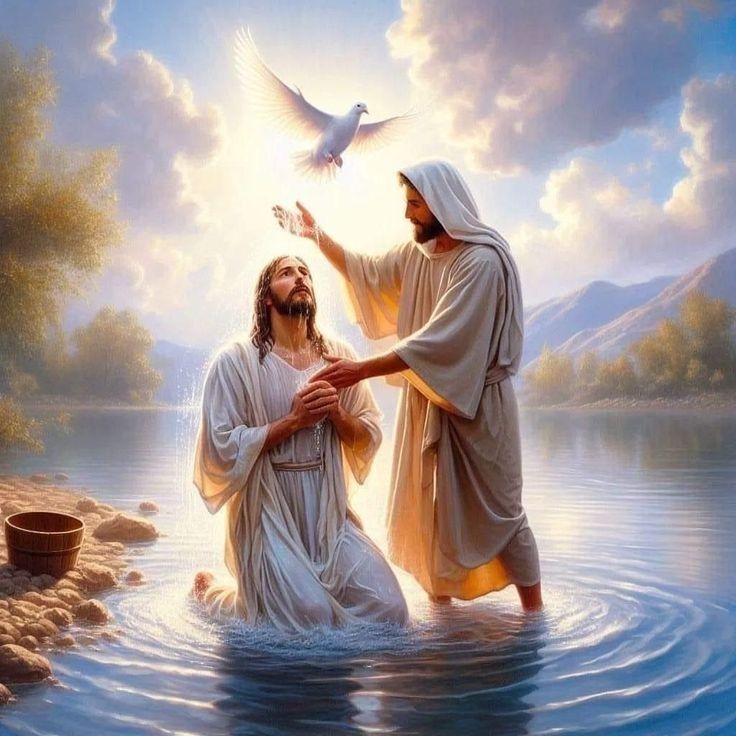Baptism is a significant ritual in many religious traditions around the world. It is a symbolic act that represents the cleansing of sins and the initiation into the faith community. While the practice of baptism may vary across different religions and denominations, the underlying meaning remains the same – it is a sacred rite that signifies spiritual rebirth and entry into the family of believers.
In Christianity, baptism is considered one of the sacraments that mark the beginning of a person’s journey of faith. It is often seen as a public declaration of one’s commitment to following Jesus Christ and living a life in accordance with his teachings. The act of baptism typically involves the immersion in water, symbolizing the washing away of sins and the new life that comes from being born again in Christ.
There are various forms of baptism practiced within the Christian tradition. The most common form is known as immersion baptism, where the person being baptized is fully submerged in water. This method is believed to closely resemble the baptism of Jesus by John the Baptist in the River Jordan. Another form of baptism is known as affusion, where water is poured over the head of the person being baptized. This method is often used in situations where full immersion is not practical or possible.
In addition to the mode of baptism, there are also different beliefs about the timing of baptism within Christianity. Some denominations practice infant baptism, where babies are baptized shortly after birth as a way of welcoming them into the faith community. Other denominations practice believer’s baptism, where individuals are baptized only after they have made a personal confession of faith in Jesus Christ. Both forms of baptism are considered valid within the Christian tradition, and each carries its own significance and symbolism.
Outside of Christianity, there are also other traditions that practice forms of baptism or similar rituals. In Judaism, for example, there is a ritual known as mikvah, which involves immersion in a ritual bath for purification purposes. This practice is often associated with major life events such as conversion to Judaism, marriage, or the observance of certain religious holidays.
In Hinduism, there is a ritual known as jala or abhishekam, where devotees pour water over idols of deities as a form of worship and purification. This practice is believed to cleanse the mind and body of impurities and bring blessings from the divine.
Regardless of the specific form or tradition, baptism is a powerful and meaningful ritual that holds deep spiritual significance for those who participate in it. It is a symbol of new beginnings, forgiveness of sins, and the promise of eternal life. Whether it is done through immersion, pouring, or another method, baptism is a sacred act that unites believers in their faith and commitment to living a life of love, compassion, and service to others.
In conclusion, baptism is a beautiful and timeless tradition that has been practiced by various cultures and religions throughout history. It is a powerful symbol of spiritual rebirth, purification, and initiation into the faith community. Whether it is practiced through immersion, pouring, or another method, baptism holds deep significance for those who partake in it and serves as a reminder of the transformative power of faith and the promise of redemption.
